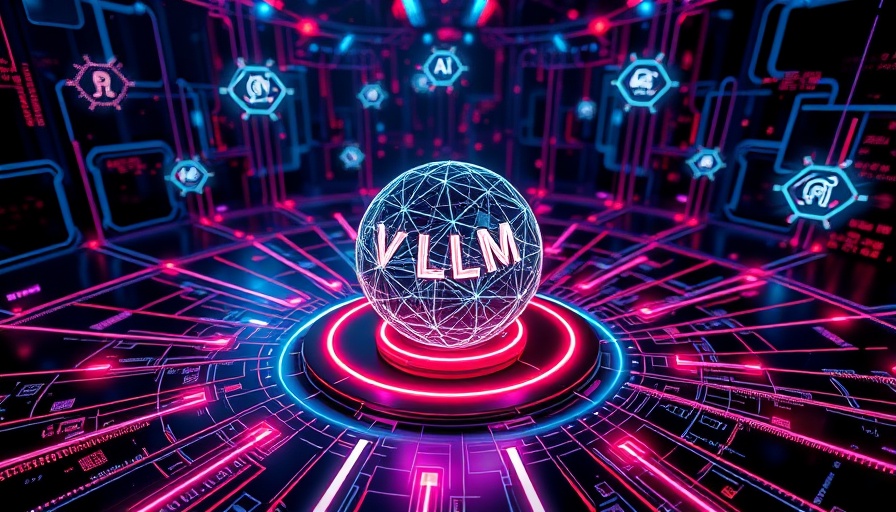
Decoding the Innovations: Why Modern LLMs Are a Game Changer
In the bustling world of artificial intelligence, it seems like every week brings forth a new model aimed at elevating our interaction with technology. The emergence of Large Language Models (LLMs) has marked a significant leap in the capabilities of natural language processing (NLP). These advanced models are not merely products of significant computational power; they embody intricate architectural designs that enhance their performance and efficiency. For small and medium-sized businesses, understanding these innovations can pave the way for leveraging AI in practical, cost-effective manners.
Architectural Optimization Techniques: The Heart of LLM Efficiency
The secret to the success of LLMs like GPT-5 or Google's Gemma lies in their architectural optimizations. These include innovative techniques such as Multi-Head Latent Attention (MLA) and Sparse Mixture-of-Experts (MoE), which not only improve functionality but also ensure models can operate with increased efficiency. For instance, MLA allows the model to attend to multiple parts of an input simultaneously, making it much more reactive to user queries. In a business environment where response time is critical, such features can significantly enhance user engagement.
Transforming Data Utilization: How LLMs Handle Information
The way LLMs process and understand data is another transformational aspect. They are trained using colossal datasets that include everything from books to web pages, allowing them to grasp context and nuance in language. This deep context understanding fosters qualities like improved text summarization and natural-sounding conversation—qualities that can profoundly benefit customer engagement efforts for businesses. As consumers increasingly expect personalized communication, adopting LLMs can distinguish your brand from competitors.
Sustainable AI Practices: Cost Management through Optimization
For small and medium-sized businesses, managing AI expenses is crucial. Implementing optimization techniques not only boosts the operational capabilities of LLMs but can also effectively reduce costs. Techniques such as model compression and knowledge distillation allow businesses to deploy sophisticated models without breaking the bank. By understanding how these methods work, businesses can make informed choices that align AI capabilities with budget constraints.
The Era of Hybrid Designs: Bridging AI and Practical Needs
The latest advancements in LLM architecture mark a shift toward hybrid designs, which incorporate both generative and analytical capabilities. This evolution reflects a demand for models that can not only generate text but also analyze data in real-time. For SMEs, this presents opportunities for combining strengths in customer service with analytics to better understand consumer behavior. Such fusion creates a more holistic approach to service delivery.
Future-Proofing Your Business with LLMs
As we look to the future, the integration of LLMs into everyday business practices offers a path toward innovation. With the potential for multimodal integration—where models also process images and audio—businesses can cultivate more engaging customer experiences. For instance, imagine an AI chatbot that seamlessly answers customer questions while drawing on contextual data that anticipates their needs. Such developments underscore the importance of embracing AI innovations to stay competitive.
In conclusion, understanding and adopting these modern LLM design principles could transform how small and medium-sized businesses interact with technology and their customers. By staying informed about the latest trends in AI architecture, SMEs can harness these powerful tools effectively. Don’t wait for the future to arrive; start implementing these insights today to future-proof your business.
 Add Row
Add Row  Add
Add 



Write A Comment